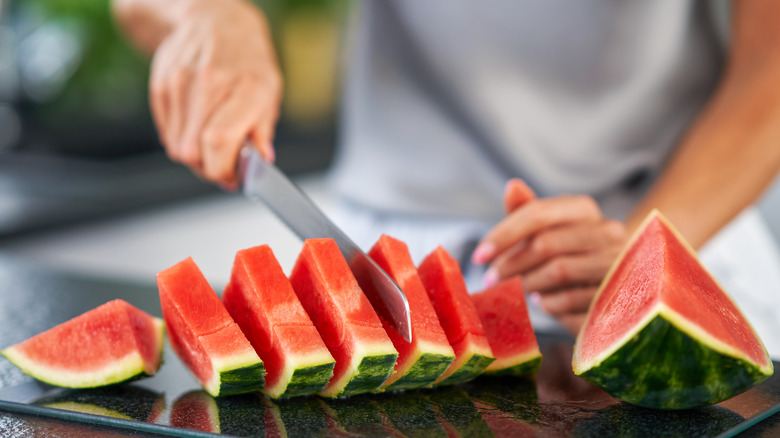For kitchen professionals, knowing what makes a good steak knife is essential. A well-crafted steak knife not only enhances the dining experience but also showcases the chefs attention to detail. In a realm where precision and elegance matter, the steak knife is indispensable. Let's delve into what distinguishes an exceptional steak knife.

The Anatomy of a Steak Knife
Understanding the components of a steak knife is fundamental for any kitchen professional. A quintessential steak knife consists of a blade, handle, bolster, and tang. The symmetry and quality of these elements directly influence performance.
Blade Material and Design
The blade is the heart of any knife. High-quality steak knives often feature stainless steel or carbon steel blades. Stainless steel offers durability and resistance to rust, while carbon steel blades are renowned for their sharpness. The choice between serrated, straight, or hollow-edge blades depends on the type of meat being served and the user's preference.
In culinary circles, the types of blades are meticulously chosen for specific tasks.
Handle Ergonomics
The handle of a steak knife must provide comfort and control. Materials like wood, plastic, or composite can influence grip and aesthetics. An ergonomic design ensures ease of use during lengthy dining services, preventing hand fatigue.
Performance and Precision
Performance is where the steak knife truly defines itself. A good steak knife should deliver clean cuts without tearing the meat fibers. The precision of each slice can be attributed to the sharpness of the blade and the mastery of its design.
For insights on selecting the right knives, explore the best steak knives.
Maintenance and Longevity
Maintaining a steak knife is as crucial as its initial quality. Regular sharpening and proper storage extend the knife's life. Knife sharpening is an art that kitchen professionals must master to ensure their tools remain in prime condition.
Proper Storage Solutions
A steak knife's longevity can be enhanced through proper storage. Using knife blocks, magnetic strips, or in-drawer organizers prevents damage and maintains the blade's edge.
Brand Reputation and Reviews
When procuring steak knives, considering brand reputation is beneficial. Renowned brands often provide quality assurance and consistent performance. Perusing customer reviews offers insights into a knife's real-world performance.
Choosing the right knife should be a balance between your practical needs and brand reliability.

FAQs
What is the difference between serrated and straight-edge steak knives?
Serrated knives are ideal for tougher meats with crispy exteriors, as they can cut through without crushing. Straight-edge knives provide cleaner cuts and require frequent sharpening.
How often should steak knives be sharpened?
Sharpening frequency depends on usage, but typically, a steak knife should be honed after every 3 to 4 uses and sharpened with a stone or electric sharpener monthly.
Why is balance important in steak knives?
Proper balance ensures ease and precision, allowing for smooth cuts and reducing hand strain during extended use.
Understanding what makes a good steak knife transforms the dining experience from mundane to magnificent. Aspiring and seasoned kitchen professionals should invest in high-quality knives and maintain them diligently to ensure excellence in every slice.
For further reading on knife types, check out the comprehensive guide on kitchen knife varieties.
This article contains affiliate links. We may earn a commission at no extra cost to you.


























